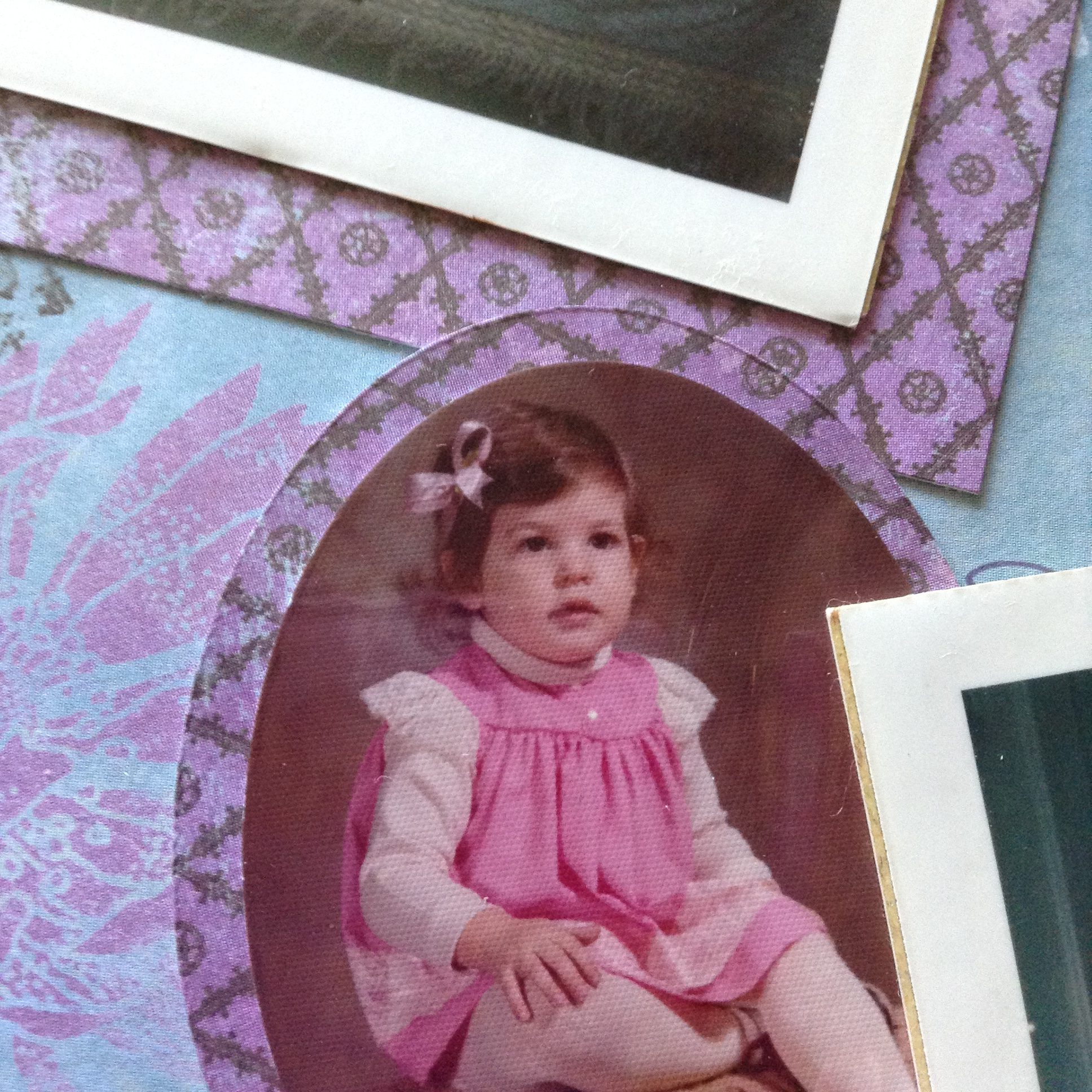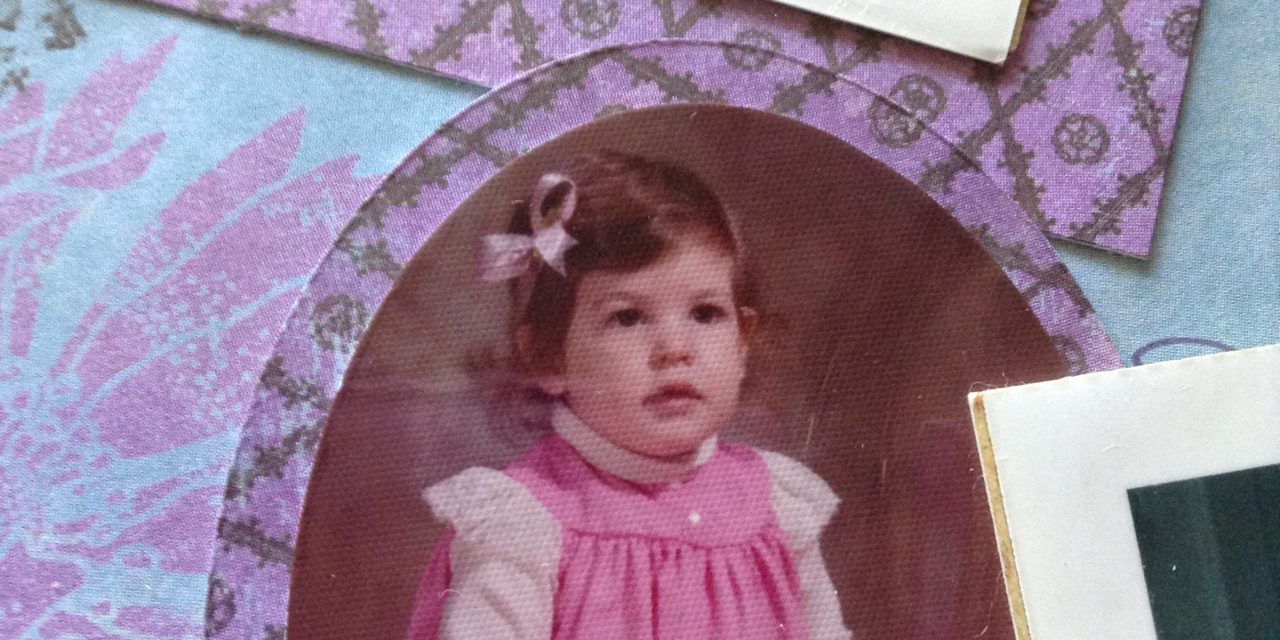I have been thinking of this blog post for a number of years. In honor of Mother’s Day, I thought it was time to publish it.
Every day, perfect newborns are brought home. Every day, disable or special needs newborns are brought home. Neither is more or less joyous. But if truth be told one requires more effort, persistence, and determination in the early years than the other. Imagine for a moment being a mom to two healthy boys that are now 9 and 6 years old. You are pregnant with your third, almost 2 weeks overdue and you finally go into labor and head to the hospital. Only to find out that your regular doctor is on summer vacation. No problem right? You try and get the doctor “on call” up to speed on the situation.
The Stats: 31-year-old, petite 5 foot 4 inches tall female with a history of having large babies ( 9+ pounds ).
The Situation: She has gone into labor and is already 2 weeks past due.
Synopsis: Pregnant mom based on conversations with her regular doctor and her history is suggesting that a c-section may be required. The doctor “on call” has been doing this for 30 years and knows what he is doing and no c-section or preparation for c-section is required. Nature will take its course.
Labor and delivery progress naturally. Until it didn’t.
So what? Things like this happen all the time right? A swift change in plans, a relocation into the OR for a c-section and everything would be ok. But this was in 1972. They waited too long, didn’t listen to the patient, and then there was no recourse. the baby was stuck, they couldn’t get it out, and it was in danger of not surviving. So they did the only thing they could do. They dislocated one of the baby’s shoulders to get it unstuck and delivered.
Congratulations Mrs. May you have a healthy 10 pound 11-ounce baby girl with a dislocated shoulder.
At this very moment, my mother had no idea that this would change her vision for her daughter’s life, much less her own day to day activities of caring for 3 children and supporting a husband’s progressive career.
Within a couple of days, it became clear that this was not a simple dislocation of a shoulder. My arm was limp at my side. Dislocation of a newborn’s shoulder at birth does happen and most of the time there is no long-term impact on the child. But in some cases, the dislocation results in a birth injury called “Brachial Plexus Lesion“. As quoted on Wikipedia this is “an injury to the brachial plexus, the network of nerves that conducts signals from the spinal cord to the shoulder, arm, and hand.” and “In some cases, these injuries can cause total and irreversible paralysis.”
Now the question was how badly would this new perfectly healthy baby girl be disabled? The answer to that question was much harder to determine back in 1972. Today they use MRI scans to determine the severity of the injury. According to the John Hopkins Medicine website “The prognosis for recovery depends on the pattern, complexity, and severity of the injury.”
The doctor recommended physical therapy 3 times a week for a period of time. So starting in August 1972 my mother religiously took me to physical therapy 3 times a week, not for a couple of weeks or a few months. She made sure that I was getting physical therapy 3 times a week for 5 years! All the while, being a mom to my brothers, making sure my father had what he needed for work and somewhere in there being a friend, sister, and daughter. She didn’t stop there. I remember vividly a clothes line wheel hooked to the basement ceiling with a rope and handles at either end so that I could do more therapy at home. At 18 months you can already see the positive impact – but she didn’t stop.

I whined and complained. She PERSISTED.
It was not until my last year of high school that I realized just how very lucky I was to have a mild physical disability that was not disabling. You see, it was not until my last year of high school that I met another girl who also had a Brachial Plexus birth injury. Same arm in fact. But her outcome was very different than mine. She didn’t have physical therapy. She didn’t have the pulley hooked to a ceiling to give her something to stretch and exercise her arm. Her arm was limp at her side. Her arm was half the size of her other arm. She couldn’t use her arm. She was disabled.
It was not until I had children of my own that I truly understood what a sacrifice my mom made those first 5 years just in shear time. Those 5 years of persistence made it so that people don’t really notice that my right arm is slightly different than my left. They never really notice that I can’t hold out my palm to accept change at the store. They don’t notice that I never put my right hand on my hip. They don’t notice that my arm is 4 inches shorter or that my shoulder is more slanted than the other.
What will they notice? They will notice that I can do almost everything like everyone else – but perhaps slightly differently. They will notice that I try to do everything despite my arm. Yes, I tried gymnastics and my mother encouraged me even when she knew that I would probably be disappointed, frustrated and unsuccessful. You see, despite all of that physical therapy, the Brachial Plexus injury has impacted my ability to properly raise my right arm above my head. Did I become a gymnast? No. But I am one heck of a one-armed backhanded volleyball spiker. :-). There are a few instances when I am reminded of my arm like when someone comes up to me and says “hey you are tall (5’10”), can you help me with…”? And once in a while, I am reminded by a photograph.

So it is on this mother’s day – 45 years later that I finally, formally and properly say “Thanks for being persistent Maman”. Happy Mother’s Day. I can only hope that I am as persistent as you with my boys. I live every day with the reminder of the impact of that persistence.
Je t’ adore Maman.










